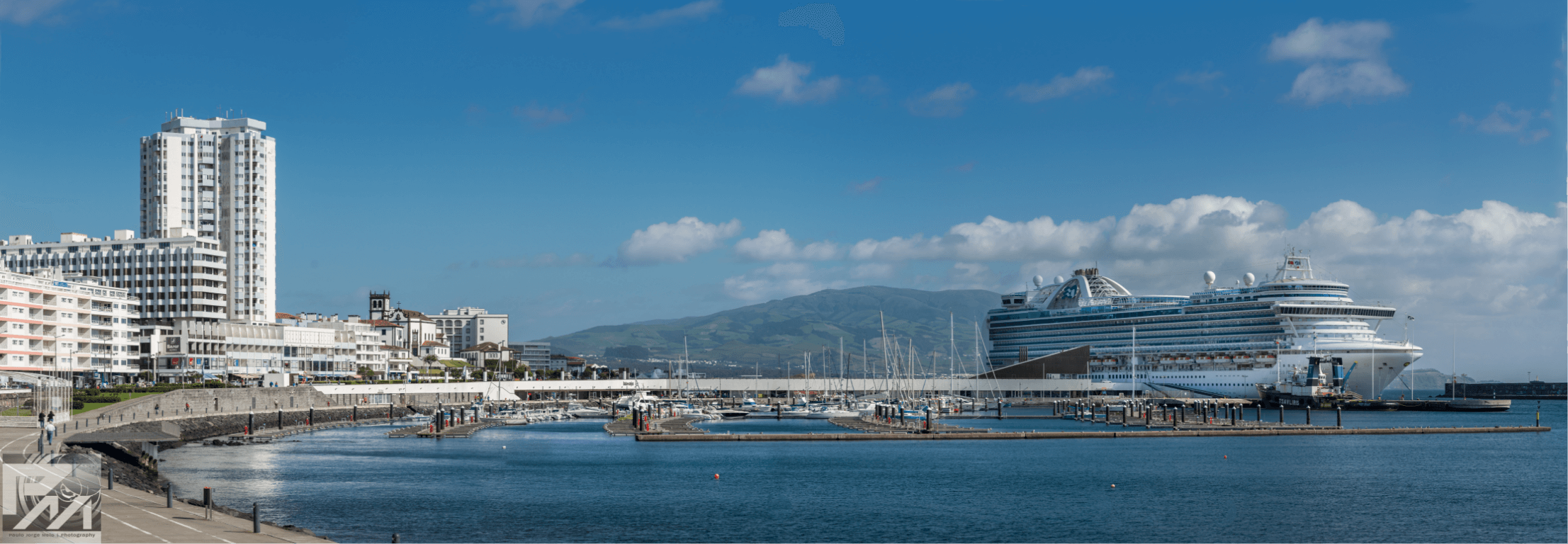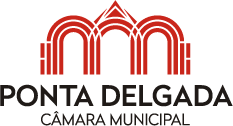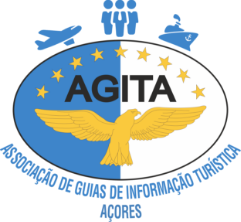









Nine islands located between the Euro-Asian, American and African tectonic plates, where 236 657 people live in a territory of 2325 km2. This Autonomous Region is divided in three geographical groups: the Eastern Group – Santa Maria and São Miguel, the Central Group, comprising Terceira, Graciosa, São Jorge, Pico and Faial, and the Western Group – Flores and Corvo.
Known for its nature, the Azores offer nine islands of volcanic origin, each island, with its own characteristics and peculiarities, is unique.
Allied to nature’s potential, in the Azores, one can find an extremely rich heritage, which makes a trip to the nine islands an extraordinary experience due to the diversity of landscapes, traditions and history that each island provides.






































Nine islands located between the Euro-Asian, American and African tectonic plates, where 236 657 people live in a territory of 2325 km2. This Autonomous Region is divided in three geographical groups: the Eastern Group – Santa Maria and São Miguel, the Central Group, comprising Terceira, Graciosa, São Jorge, Pico and Faial, and the Western Group – Flores and Corvo.
Known for its nature, the Azores offer nine islands of volcanic origin, each island, with its own characteristics and peculiarities, is unique.
Allied to nature’s potential, in the Azores, one can find an extremely rich heritage, which makes a trip to the nine islands an extraordinary experience due to the diversity of landscapes, traditions and history that each island provides.





























Nine islands located between the Euro-Asian, American and African tectonic plates, where 236 657 people live in a territory of 2325 km2. This Autonomous Region is divided in three geographical groups: the Eastern Group – Santa Maria and São Miguel, the Central Group, comprising Terceira, Graciosa, São Jorge, Pico and Faial, and the Western Group – Flores and Corvo.
Known for its nature, the Azores offer nine islands of volcanic origin, each island, with its own characteristics and peculiarities, is unique.
Allied to nature’s potential, in the Azores, one can find an extremely rich heritage, which makes a trip to the nine islands an extraordinary experience due to the diversity of landscapes, traditions and history that each island provides.







































